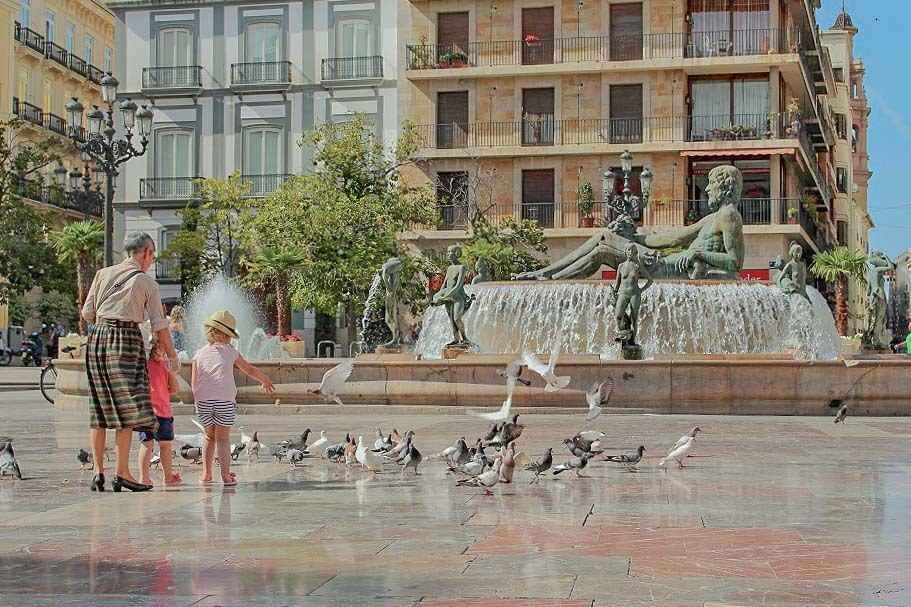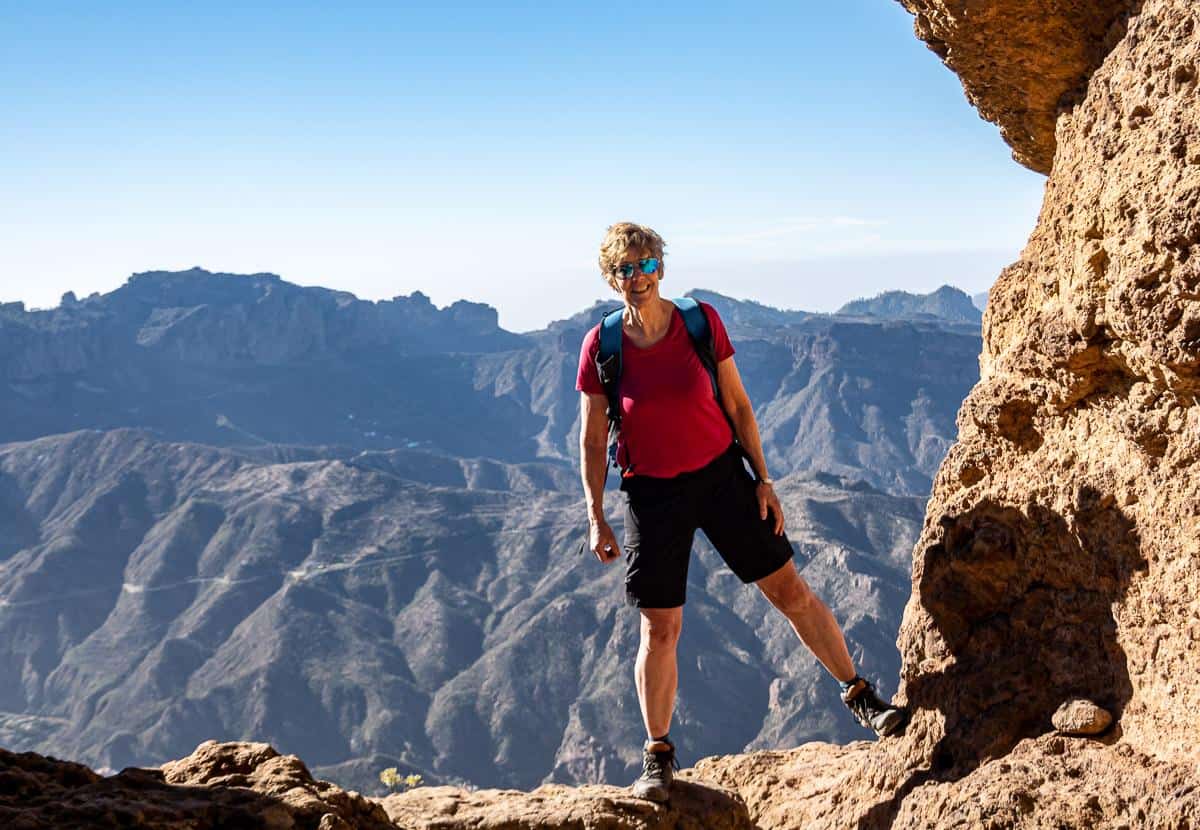Tauck Connections, Edition 2 – The Taucker Travel Blog
9 min read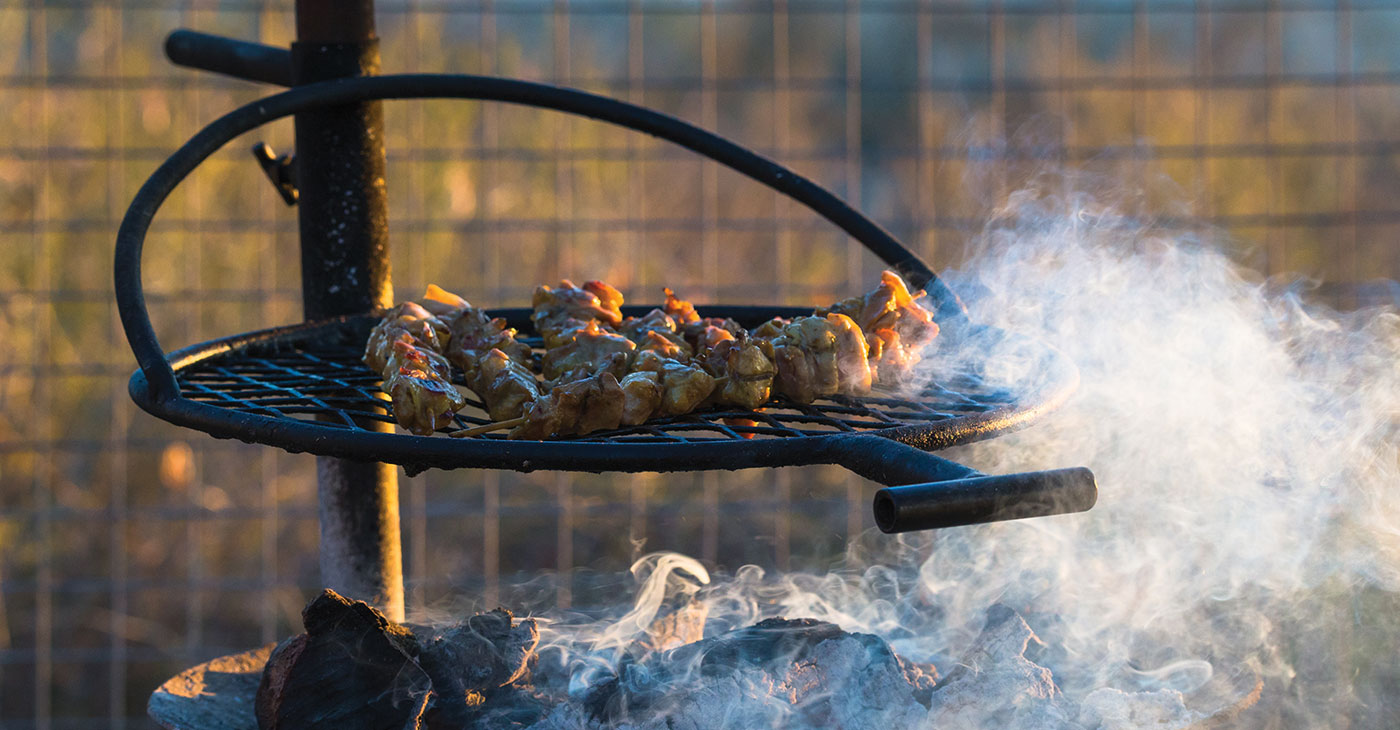
Table of Contents
Welcome on a journey of discovery as we take you inside some of our favorite destinations, places and unique experiences around the world.
There is no other pastime that screams summer like barbecuing. When the sun is hot, the grill is hotter, and the different cuts of beef, pork and chicken are seasoned and smoked to perfection.
Since colonial times, the art of barbecue has transformed American cuisine. Some of the first mentions of barbecue date back to the times of Christopher Columbus, and it was even recorded that George Washington attended a barbecue in Virginia in 1769. Yet, it wouldn’t be until nearly 200 years later in the mid 1950’s that barbecue would take American society, primarily Southern America, by storm.
Today, barbecue is a summertime staple and a defining cuisine in American culture with over 10 different regional varieties in the United States alone.
For example, in Hawaii, barbecue is done via Lu’au, a traditional Hawaiian celebration. Taking influence from the indigenous people of Polynesia (from which native Hawaiians originated), barbecue in this part of the world is done using an imu, or an underground oven, in a method known as kalua. Once the fire is made, the embers are removed and the food is wrapped in banana or ti leaves, then left to cook underground throughout the day resulting in fall-off-the-bone tenderness.
But that begs the question, how do other areas of the world enjoy barbecue?
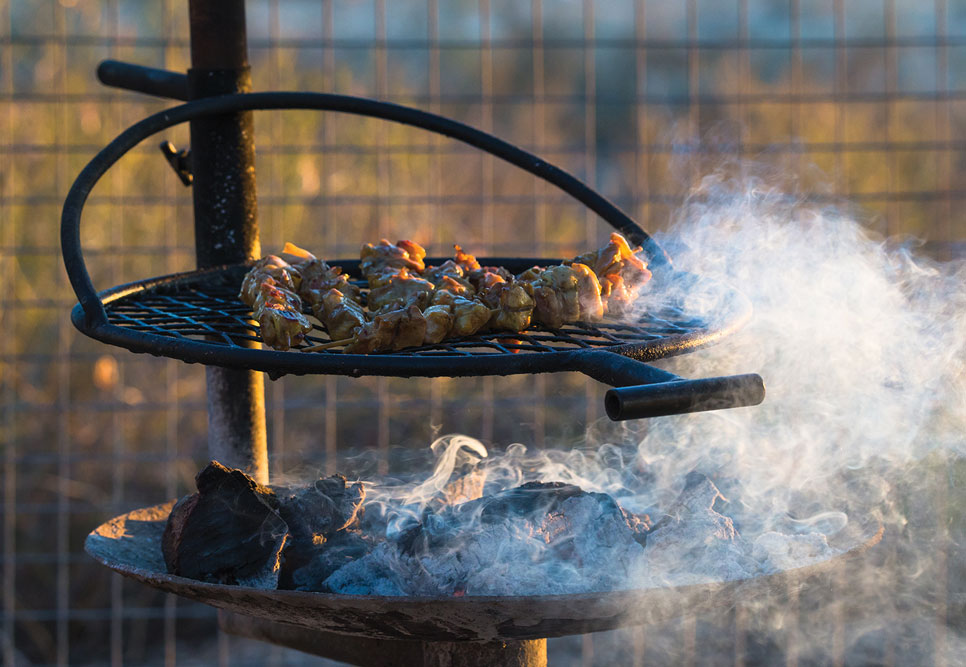
In South Africa, much like Hawaii, Braai is much more than just a style of cooking, it’s a celebration, shared with friends and family. Done exclusively over wood (no charcoal), Braai is a meticulous process, where the embers must be maintained and controlled throughout the entire cooking time to ensure that the meat is cooked perfectly.
However in Spain, barbecue takes on a very different approach. Known as a Calcotada, this gastronomical event takes place during Spain’s colder months (October – February) and starts with the cooking of calcots, a type of onion whose appearance is similar to a scallion or a leek, over a hot fire. Once charred, the calcots are wrapped in newspaper to steam and keep warm before being eaten in mass quantities alongside salvitxada, an almond-based dipping sauce.
Derived from the Arabic word, manqal, meaning portable, Mangal is a style of barbecue originating from the nomadic lifestyle of the Bedouin people. The grills used to cook the various cuts of meat and vegetables doubled as heaters to warm the Bedouin tents during the cold desert evenings.
As travelers in the Northern Hemisphere get into the midst of the summer heat, we’re always on the lookout for ways to stay cool. That means beaches this time of year are usually packed with visitors. But hitting the shore isn’t the only way to beat the heat. Below are some destinations that are prime getaways if you’re looking for an alternative way to keep cool this summer.

Iceland
As its name suggests, Iceland is an excellent destination if you’re looking to cool off during the hot summer months. Due to its temperate climate, Iceland sees cooler summers with temperatures averaging around 55 degrees Fahrenheit between June and August. It’s also a great time of year to experience some annual events, such as the indigenous Puffins migrating back for mating season or the phenomenon known as the midnight sun, where the sun never fully sets below the horizon (don’t forget to bring your eye mask for sleeping!).
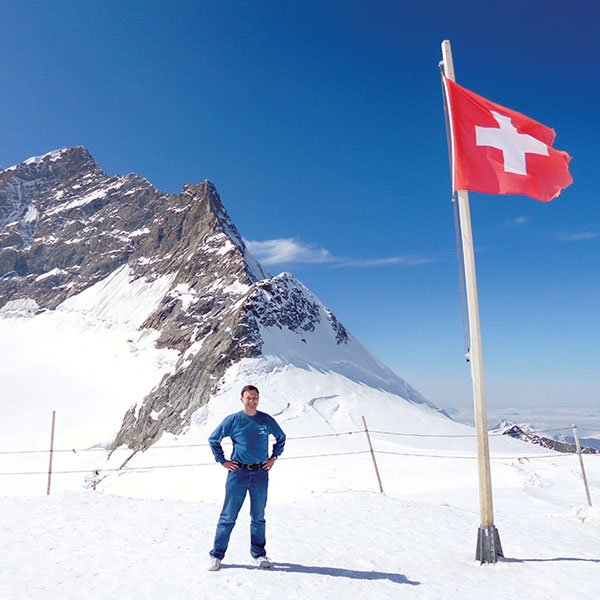
Jungfraujoch
Standing tall at over 11,000 feet above sea level, nothing can beat the heat quite like the coldest place in Switzerland, with temperatures averaging just above freezing in the summer months. Your time at “the top of Europe” is highlighted with a Tauck Exclusive visit to the Ice Palace, where everything is made of ice, from the bar to the glasses to the numerous sculptures. Nothing says summer vacation quite like packing your mittens and coats next to your t-shirts and shorts.
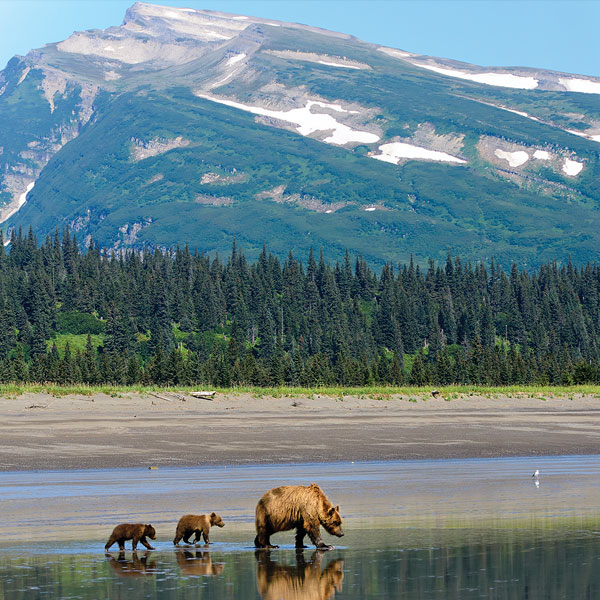
Alaska
As temperatures rise across the lower 48 from May through September, Alaska in contrast, enjoys a lovely mild climate, especially in the coastal areas where temperatures rarely go above 65 degrees Fahrenheit. On top of the great weather, there are many activities perfect for this time of year, such as viewing native wildlife as they emerge from hibernation, fishing for salmon and halibut, and hiking.
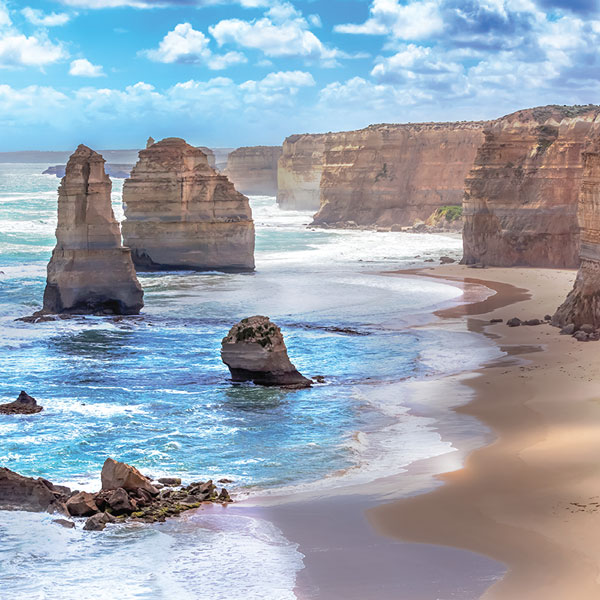
Australia/New Zealand
While many parts of the Australian Outback experience warm temperatures year-round, the coastal areas are the perfect escape during our summer months. Split up into multiple regions, Australia has a little something for everyone depending on how you like to enjoy the winter months. Do you prefer moderate temperatures hovering around 70 degrees Fahrenheit? Australia’s Northern Territory is for you! Do you prefer cooler temperatures and even a chance to see snow? New Zealand and Australia’s Southern territory may be more your style.
From Frances Mayes enjoying lunch with our guests to guest Suzanne Stelling’s memories of her family’s time in Sicily, the stories they share from the road are testament to the endless joys of travel in two of the world’s best destinations.
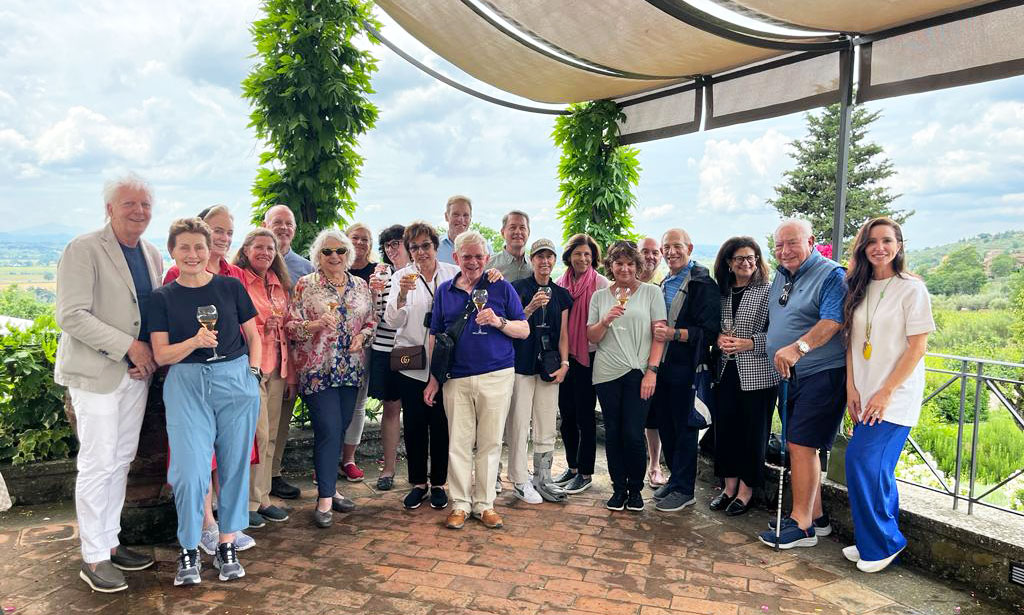
Memories Made with Frances Mayes
Just a couple weeks ago, guests had the opportunity to meet and have lunch with New York Times Best Selling author, Frances Mayes (famous for her 1996 memoir, Under the Tuscan Sun) as she welcomed guests to her home town of Cortona.

“I was so pleased to welcome Tauck guests to my favorite town, Cortona. We gathered at Il Falconiere, a lovely inn nestled into vineyards, and got to know each other at lunch. And what a lunch, served at a long elegantly-set table and prepared by Michelin star chef, Silvia Baracchi. The incredible food and her own delicious wines truly spoke of our surroundings. After my remarks, there was plenty of time for questions and conversation. I, and I think most of the guests, had a hard time leaving that special atmosphere!”

A Family Adventure Across Sicily
It’s never easy to plan a family gathering, let alone one that’s in a completely different country! But three-time tour taker Suzanne Stelling was able to do just that with a little help from Tauck! We caught up with Suzanne, whose family recently returned from A Sicilian Odyssey, as she shared with us her thoughts and feelings from her latest journey.
Q. When you look back on your tour, which moment sticks out to you?
A. Four days into the trip and already famigghia (family), our group giggled at our cooking class as one of us attempted to make arancini, a signature dish from Sicilian culture. I realized with delight that our group laughed and marveled out loud repeatedly throughout our days and evenings in Sicily. Our ages ranged from 20s to 80s, yet discovery had lit all of us up like children. Who could have imagined the mosaics in the Palatine Chapel? Who knew how to carve, build, and paint an elaborate horse cart? Who could have predicted the caliber of the delicious local breads and wines?
Q. How did you feel as you explored through Sicily?
A. We began and finished our tour in coastal cities with blue and aqua waters. It felt good to take a deep breath and welcome the guided pace of our tour. Local guides filled our minds with history, economics, faith, and art as we walked the streets of ten premiere places representing the larger story of Sicily. We traveled west, always seeing the influences of Greek, Roman, Byzantine, Arab, Norman, and Spanish cultures at our UNESCO heritage sites. I began to grasp the importance of Sicily on the world stage throughout the centuries. As we transitioned north through the agricultural countryside, I was mesmerized by a distant storm and tumultuous clouds rumbling over organized fields of green and gold and brown. Sicily is breath-taking, hardy, and bountiful.
Q. What were some of the highlights of your trip?
A. From folk dancers in the Valley of the Temples, to gelato in the shopping streets at the base of Mount Etna, to learning about capers at the herb farm in Ragusa Ibla, we experienced sensory wonder. Our insightful tour director, Melissa, laced the trip with lagniappes (special gifts): a sample of fennel for each traveler. Almond cookies and crema de café at a local shop. A hand-held fan for the hot walks.
Q. What did you take away from your trip to Sicily?
A. From our first toast to our last, Sicily held my attention and invited me in for more. My heart for the Sicilian culture opened as people graciously opened their homes, palaces, and farms to us. I find myself questioning why anyone would want to leave a culture of afternoon rest, mouthwatering cannoli, and ancient lessons. Perhaps that’s why I’m serving arancini with Sicilian wine tonight.
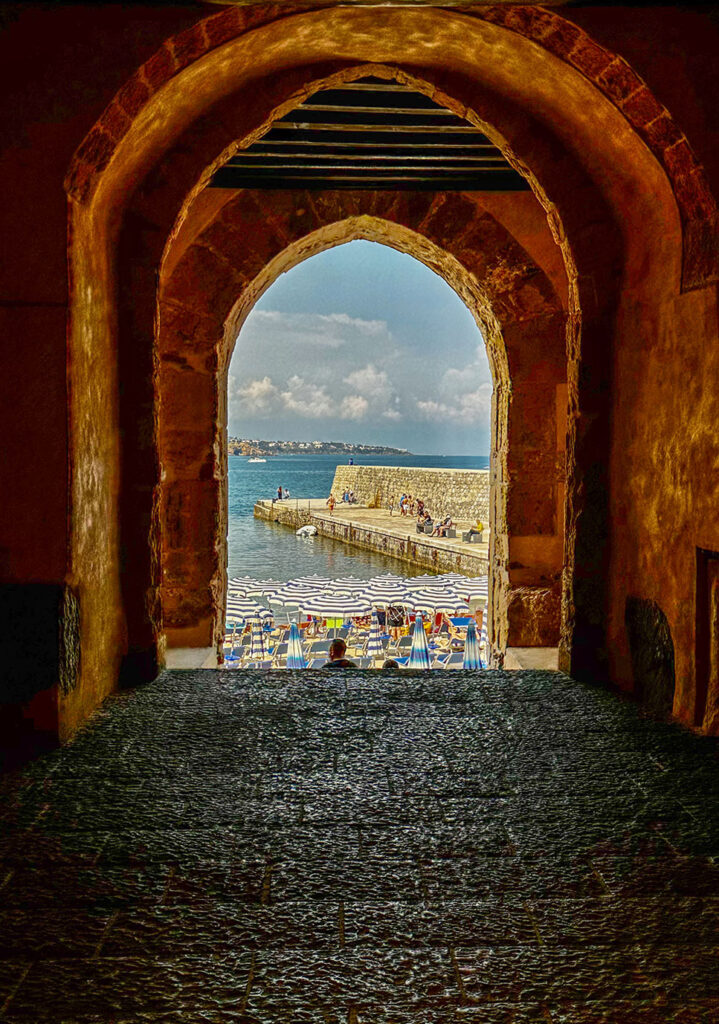
Take a look at some of our destinations, exclusive experiences, and our worldwide travel partners in the news this month.
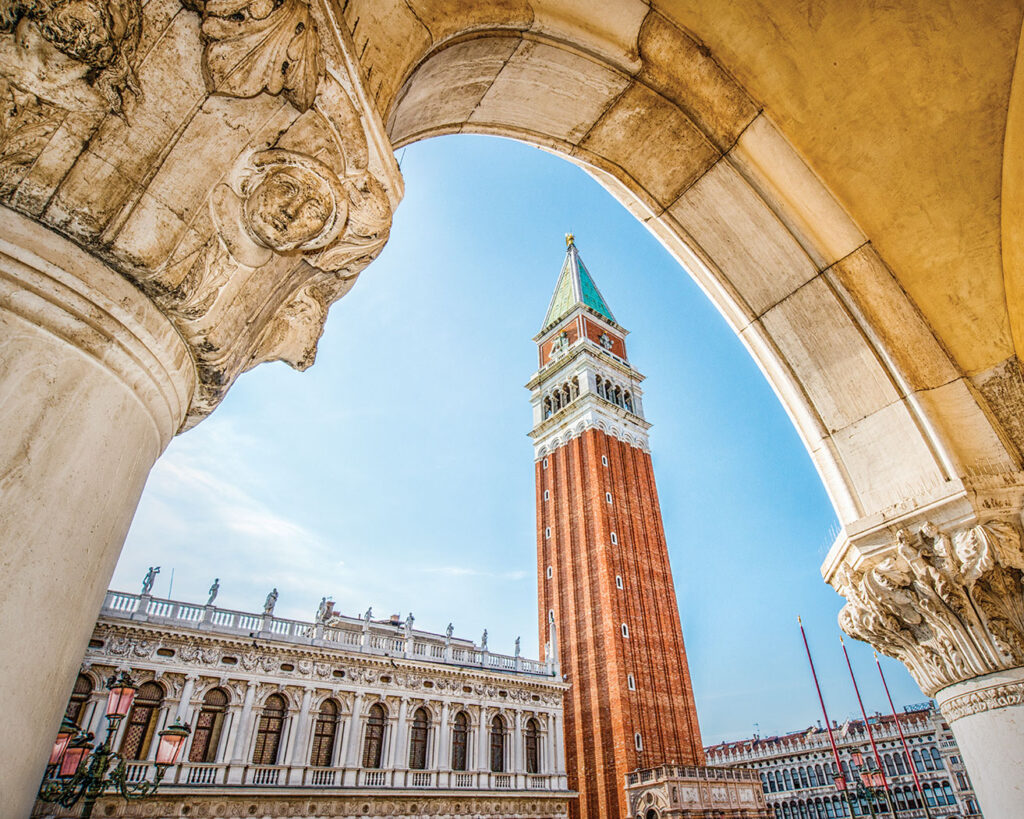
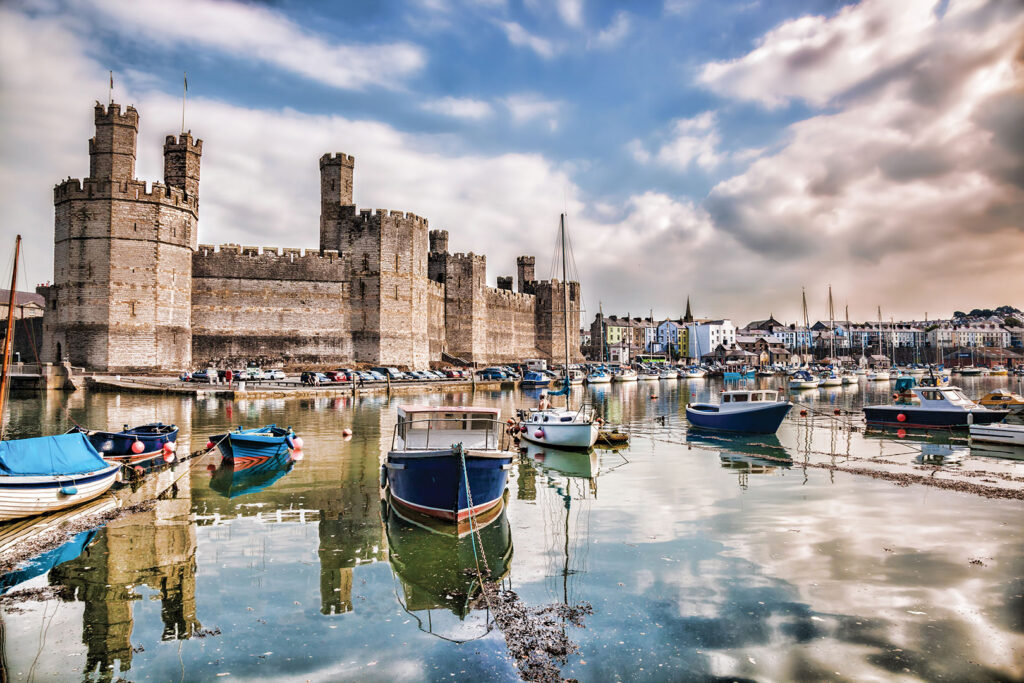
The Coastal Towns of England
From July 16 to the 23, one of the oldest and most prestigious golf tournaments in the world, The Open Championship, takes place at Royal Liverpool in the coastal community of Hoylake, England. Just a short drive away are a few coastal towns that we visit on our England, Scotland & Wales tour.
25 miles south of Hoylake sits Chester, one of the best-preserved walled cities in the UK. The origins of the wall date back to 70 AD as it was built to defend the fortress known as Deva Victrix. Following the fall of the Roman army in the area, the wall continued seeing military use until the end of the British Civil War in the mid-17th century. During your time here, you can scale the stairs and walk along the perimeter of the wall, seeing what soldiers would’ve seen over 2,000 years ago.
Traveling west from Chester lies Caernarfon, home to Caernarfon Castle (pictured above). Built by King Edward I as a symbol of English power over the Welsh, the castle acted as the administrative center of Wales. Following the rise of the Tudor dynasty in the late 15th century, the castle would fall into a state of ruin for the next several centuries. It wouldn’t be until the 19th century when repairs to the castle would take place. Today, Caernarfon Castle is one of the greatest buildings of the Middle Ages and is a recognized UNESCO World Heritage Site. Most recently, the castle was used as the setting for the investiture of Prince Charles as Prince of Wales in 1969.
With so many places around the world to discover, we’d like to know where you want to explore next. (Choose Two):


